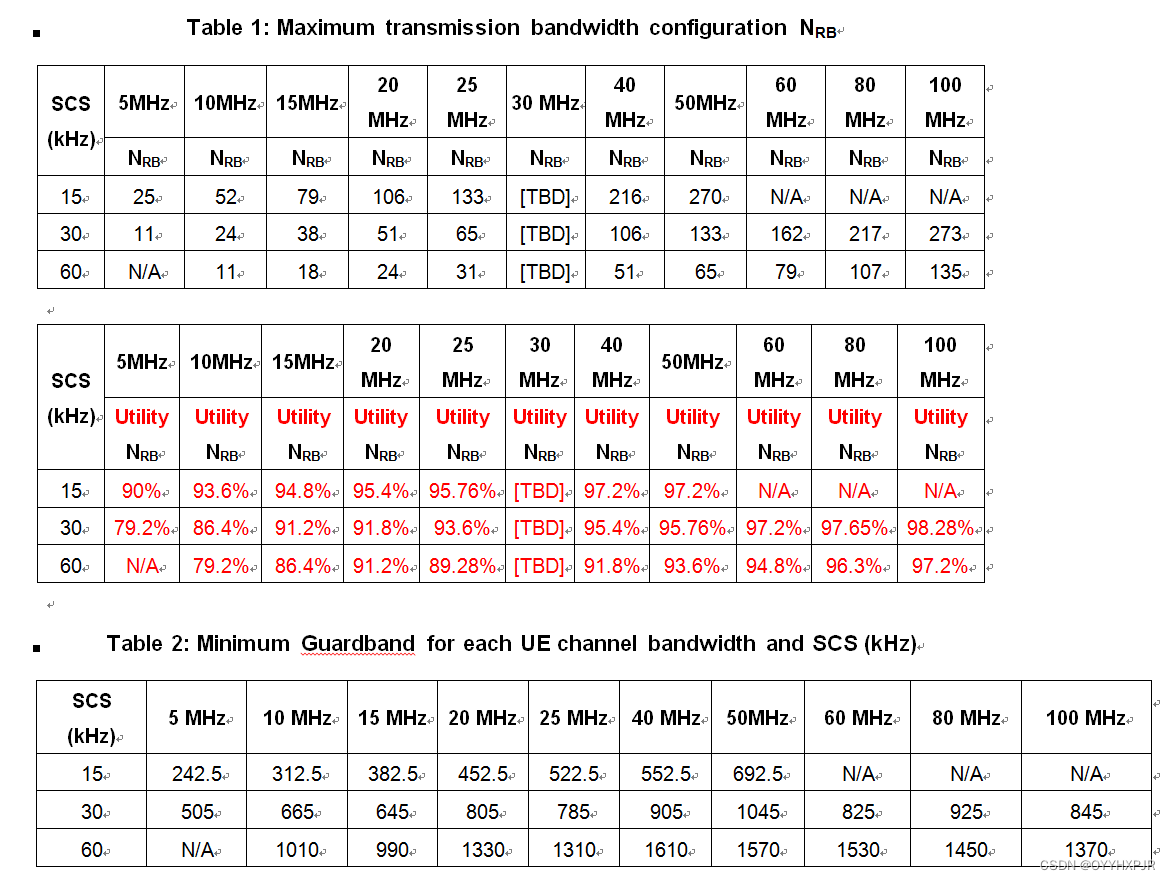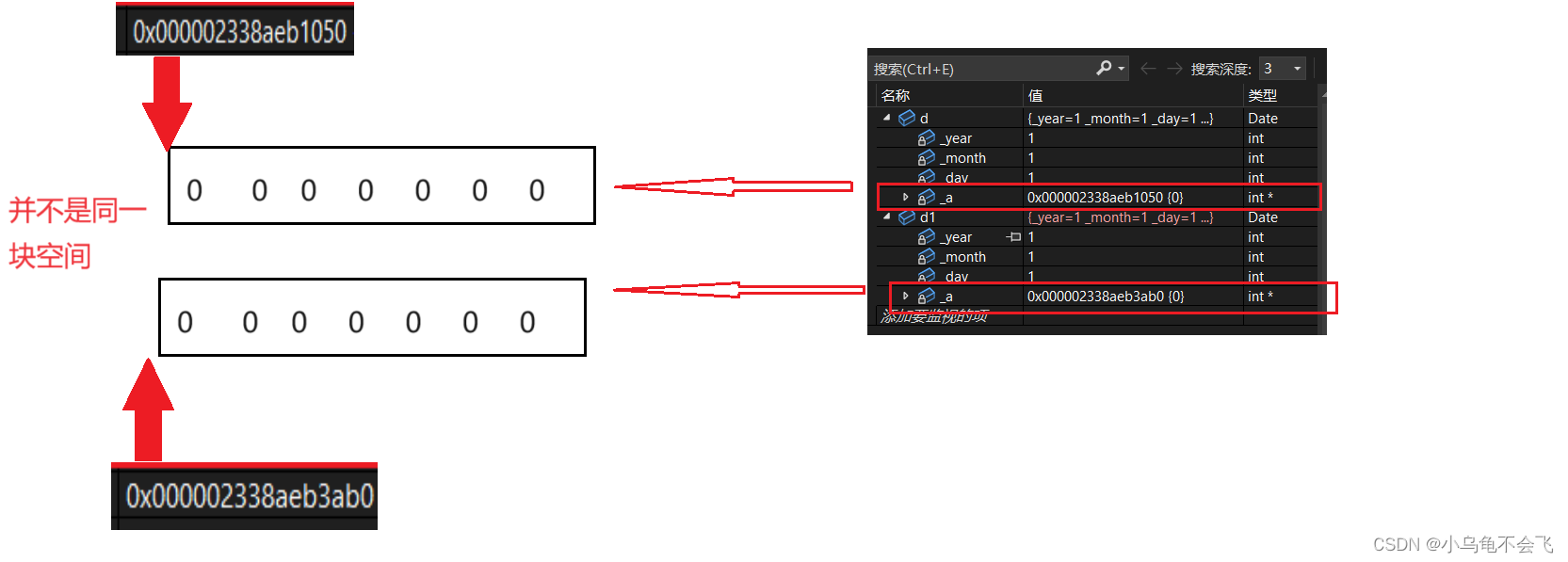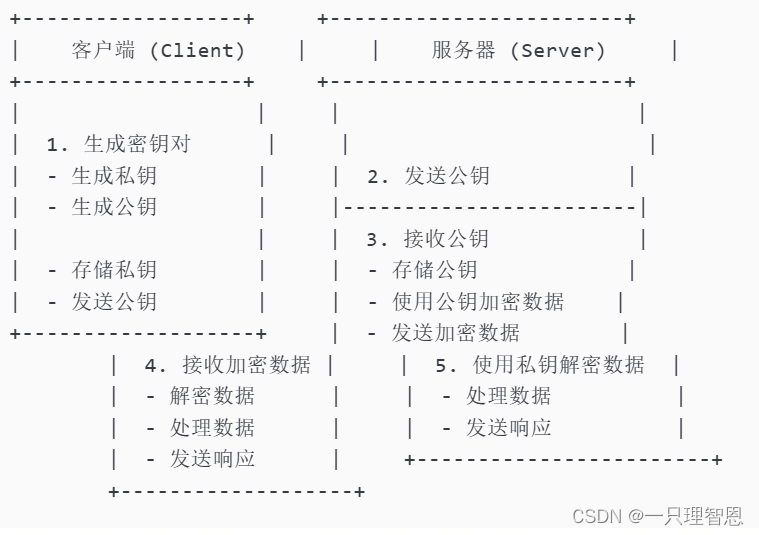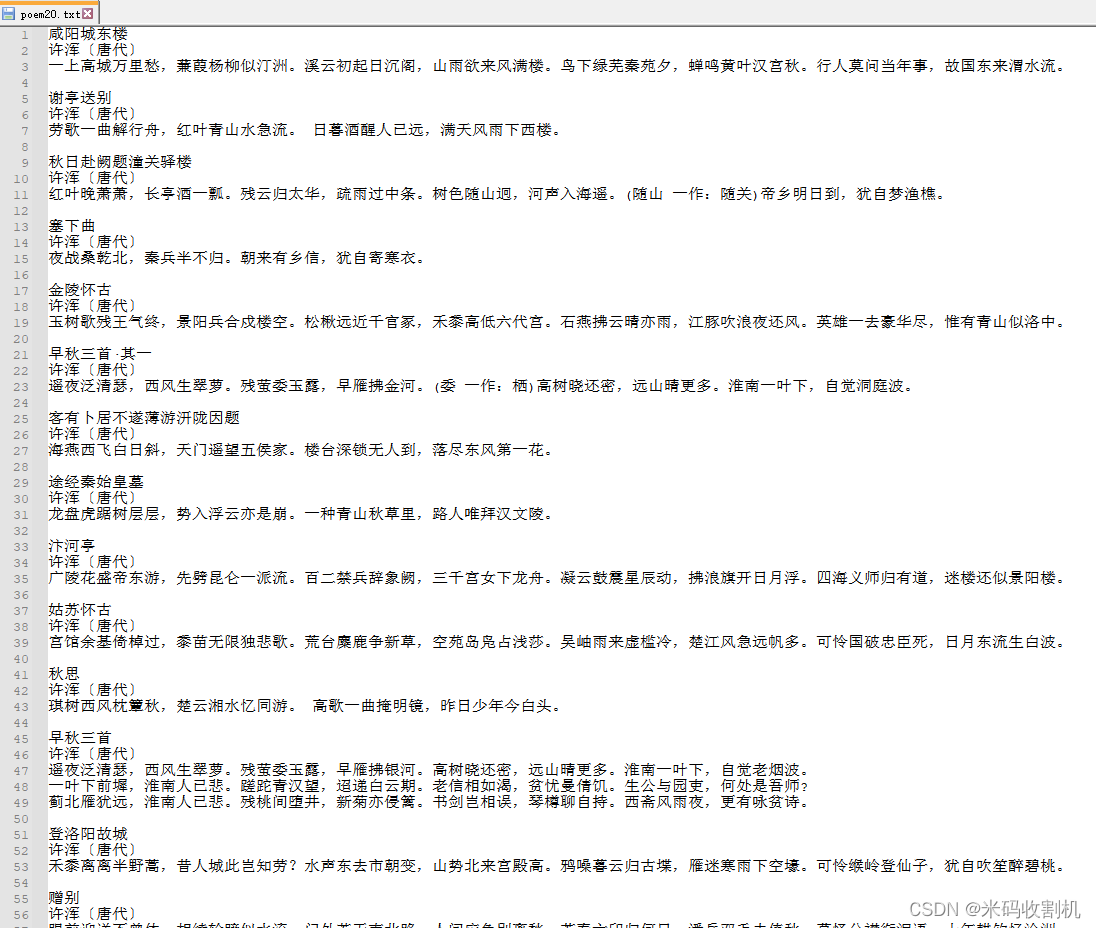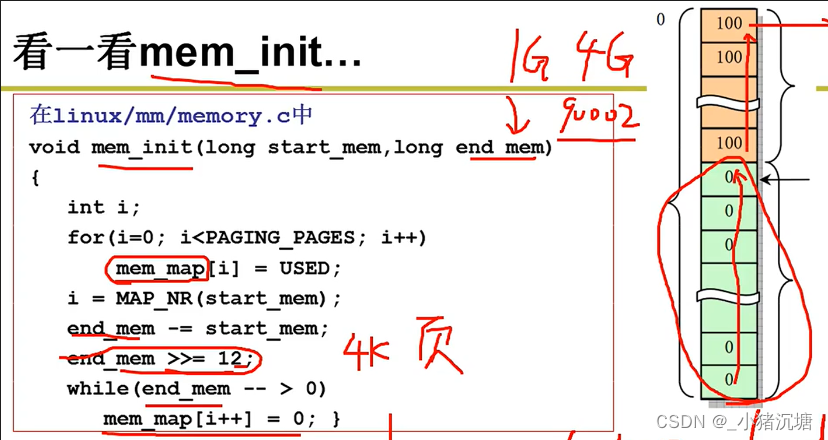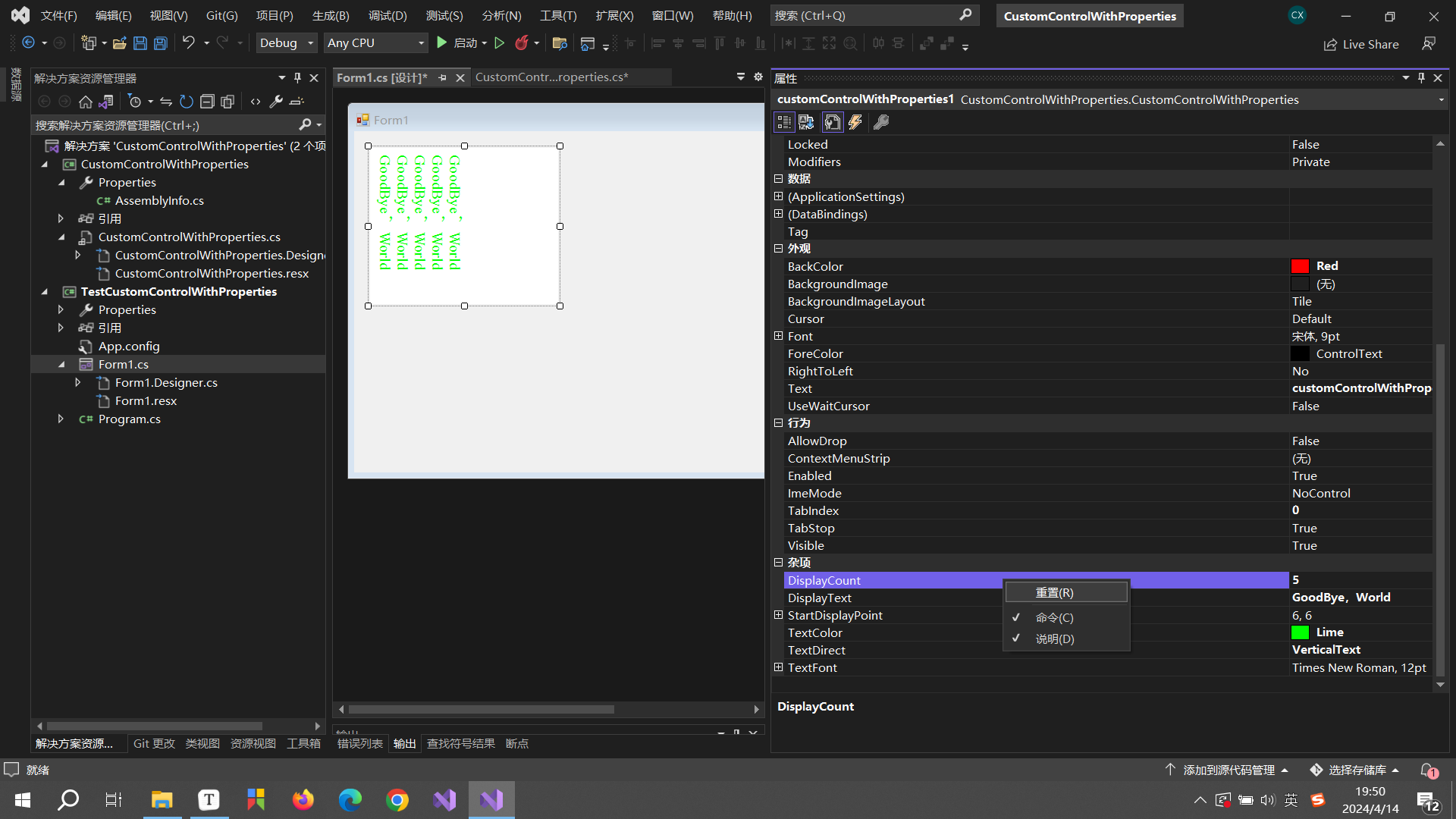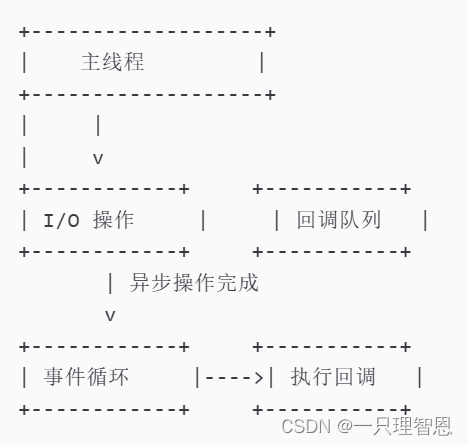@[TOC]PCL中点云分割模块的学习
学习背景
参考书籍:《点云库PCL从入门到精通》以及官方代码PCL官方代码链接,,PCL版本为1.10.0,CMake版本为3.16,测试点云下载地址
学习内容
根据欧几里得距离和需要保持的用户可自定义条件对点进行聚类,点云文件可从上述地址下载。
源代码及所用函数
源代码
#include <pcl/point_types.h>
#include <pcl/io/pcd_io.h>
#include <pcl/console/time.h>
#include <pcl/filters/voxel_grid.h>
#include <pcl/features/normal_3d.h>
#include <pcl/segmentation/conditional_euclidean_clustering.h>
typedef pcl::PointXYZI PointTypeIO;
typedef pcl::PointXYZINormal PointTypeFull;
bool enforceIntensitySimilarity (const PointTypeFull& point_a, const PointTypeFull& point_b, float /*squared_distance*/)
{
if (std::abs (point_a.intensity - point_b.intensity) < 5.0f)
return (true);
else
return (false);
}
bool enforceNormalOrIntensitySimilarity (const PointTypeFull& point_a, const PointTypeFull& point_b, float /*squared_distance*/)
{
Eigen::Map<const Eigen::Vector3f> point_a_normal = point_a.getNormalVector3fMap (), point_b_normal = point_b.getNormalVector3fMap ();
if (std::abs (point_a.intensity - point_b.intensity) < 5.0f)
return (true);
if (std::abs (point_a_normal.dot (point_b_normal)) > std::cos (30.0f / 180.0f * static_cast<float> (M_PI)))
return (true);
return (false);
}
bool
customRegionGrowing (const PointTypeFull& point_a, const PointTypeFull& point_b, float squared_distance)
{
Eigen::Map<const Eigen::Vector3f> point_a_normal = point_a.getNormalVector3fMap (), point_b_normal = point_b.getNormalVector3fMap ();
if (squared_distance < 10000)
{
if (std::abs (point_a.intensity - point_b.intensity) < 8.0f)
return (true);
if (std::abs (point_a_normal.dot (point_b_normal)) > std::cos (30.0f / 180.0f * static_cast<float> (M_PI)))
return (true);
}
else
{
if (std::abs (point_a.intensity - point_b.intensity) < 3.0f)
return (true);
}
return (false);
}
int
main ()
{
// Data containers used
pcl::PointCloud<PointTypeIO>::Ptr cloud_in (new pcl::PointCloud<PointTypeIO>), cloud_out (new pcl::PointCloud<PointTypeIO>);
pcl::PointCloud<PointTypeFull>::Ptr cloud_with_normals (new pcl::PointCloud<PointTypeFull>);
pcl::IndicesClustersPtr clusters (new pcl::IndicesClusters), small_clusters (new pcl::IndicesClusters), large_clusters (new pcl::IndicesClusters);
pcl::search::KdTree<PointTypeIO>::Ptr search_tree (new pcl::search::KdTree<PointTypeIO>);
pcl::console::TicToc tt;
// Load the input point cloud
std::cerr << "Loading...\n", tt.tic ();
pcl::io::loadPCDFile ("/home/jojo/PointCloud/Statues_4.pcd", *cloud_in);
std::cerr << ">> Done: " << tt.toc () << " ms, " << cloud_in->size () << " points\n";
// Downsample the cloud using a Voxel Grid class
std::cerr << "Downsampling...\n", tt.tic ();
pcl::VoxelGrid<PointTypeIO> vg;
vg.setInputCloud (cloud_in);
vg.setLeafSize (80.0, 80.0, 80.0);
vg.setDownsampleAllData (true);
vg.filter (*cloud_out);
std::cerr << ">> Done: " << tt.toc () << " ms, " << cloud_out->size () << " points\n";
// Set up a Normal Estimation class and merge data in cloud_with_normals
std::cerr << "Computing normals...\n", tt.tic ();
pcl::copyPointCloud (*cloud_out, *cloud_with_normals);
pcl::NormalEstimation<PointTypeIO, PointTypeFull> ne;
ne.setInputCloud (cloud_out);
ne.setSearchMethod (search_tree);
ne.setRadiusSearch (300.0);
ne.compute (*cloud_with_normals);
std::cerr << ">> Done: " << tt.toc () << " ms\n";
// Set up a Conditional Euclidean Clustering class
std::cerr << "Segmenting to clusters...\n", tt.tic ();
pcl::ConditionalEuclideanClustering<PointTypeFull> cec (true);
cec.setInputCloud (cloud_with_normals);
cec.setConditionFunction (&customRegionGrowing);
cec.setClusterTolerance (500.0);
cec.setMinClusterSize (cloud_with_normals->size () / 1000);
cec.setMaxClusterSize (cloud_with_normals->size () / 5);
cec.segment (*clusters);
cec.getRemovedClusters (small_clusters, large_clusters);
std::cerr << ">> Done: " << tt.toc () << " ms\n";
// Using the intensity channel for lazy visualization of the output
for (const auto& small_cluster : (*small_clusters))
for (const auto& j : small_cluster.indices)
(*cloud_out)[j].intensity = -2.0;
for (const auto& large_cluster : (*large_clusters))
for (const auto& j : large_cluster.indices)
(*cloud_out)[j].intensity = +10.0;
for (const auto& cluster : (*clusters))
{
int label = rand () % 8;
for (const auto& j : cluster.indices)
(*cloud_out)[j].intensity = label;
}
// Save the output point cloud
std::cerr << "Saving...\n", tt.tic ();
pcl::io::savePCDFile ("output.pcd", *cloud_out);
std::cerr << ">> Done: " << tt.toc () << " ms\n";
return (0);
}
CMakeLists.txt
cmake_minimum_required(VERSION 3.16 FATAL_ERROR)#指定CMake的最低版本要求为3.16
project(project)#设置项目名称
find_package(PCL 1.10 REQUIRED)#查找PCL库,要求版本为1.10或更高。
include_directories(${PCL_INCLUDE_DIRS})#将PCL库的头文件目录添加到包含路径中
link_directories(${PCL_LIBRARY_DIRS})#将PCL库的库文件目录添加到链接器搜索路径中。
add_definitions(${PCL_DEFINITIONS})#添加PCL库的编译器定义
add_executable (conditional_euclidean_clustering conditional_euclidean_clustering.cpp)
target_link_libraries (conditional_euclidean_clustering ${PCL_LIBRARIES})#将PCL库链接到可执行文件目标。
运行结果
注意:当使用 PCL 的标准 PCD 查看器打开输出点云时,按“5”将切换到强度通道可视化。 太小的簇将被涂成红色,太大的簇将被涂成蓝色,而实际的簇/感兴趣的物体将被随机着色为黄色和青色, 如果不按则都为一个颜色。

函数
补充内容
- std::cout << “降采样中\n”,tt.tic();和std::cout << “降采样中\n”,tt.tic()<<std::endl;的区别
- std::cout << “降采样中\n”, tt.tic();
这个语句使用了逗号运算符 ,。逗号运算符会按照从左到右的顺序依次计算其左右两侧的表达式,并返回右侧表达式的值。在这个语句中,首先会输出字符串 “降采样中\n”,然后计算 tt.tic(),但是 tt.tic() 的返回值会被丢弃,因为它没有被使用或输出。 - std::cout << “降采样中\n”, tt.tic() << std::endl;
这个语句也使用了逗号运算符 ,。同样地,它会先输出字符串 “降采样中\n”,然后计算 tt.tic()。但是,这里的 tt.tic() 的返回值会被传递给 std::cout,然后再输出一个换行符 std::endl。
- std::cout << “降采样中\n”, tt.tic();
第二个语句不仅会输出字符串 “降采样中\n”,还会输出 tt.tic() 的返回值,并在最后添加一个换行符
